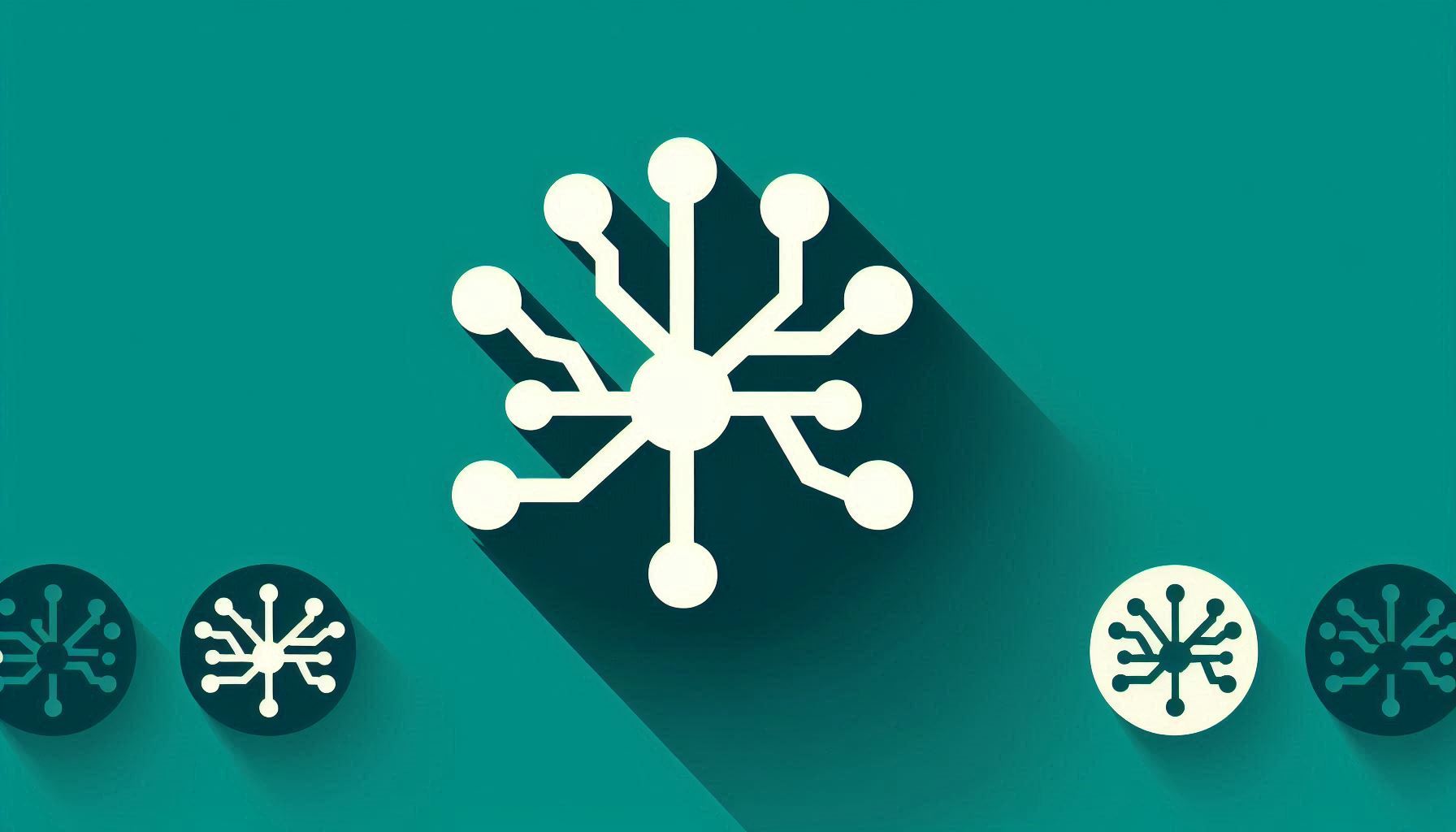A Safety Control Method of Car-Following Trajectory Planning Based on LSTM

Downloads
This paper focuses on the potential safety hazards of collision in car-following behaviour generated by deep learning models. Based on an intelligent LSTM model, combined with a Gipps model of safe collision avoidance, a new, Gipps-LSTM model is constructed, which can not only learn the intelligent behaviour of people but also ensure the safety of vehicles. The idea of the Gipps-LSTM model combination is as follows: the concept of a potential collision point (PCP) is introduced, and the LSTM model or Gipps model is controlled and started through a risk judgment algorithm. Dataset 1 and dataset 2 are used to train and simulate the LSTM model and Gipps-LSTM model. The simulation results show that the Gipps-LSTM can solve the problem of partial trajectory collision in the LSTM model simulation. Moreover, the risk level of all trajectories is lower than that of the LSTM model. The safety and stability of the model are verified by multi-vehicle loop simulation and multi-vehicle linear simulation. Compared with the LSTM model, the safety of the Gipps-LSTM model is improved by 42.02%, and the convergence time is reduced by 25 seconds.
Downloads
Pipes LA. An operational analysis of traffic dynamics. Journal of Applied Physics. 1953;24(3):274-281. DOI: 10.1063/1.1721265.
Newell GF. A simplified car-following theory: A lower order model. Transportation Research Part B: Methodological. 2002;36(3):195-205. DOI: 10.1016/S0191-2615(00)00044-8.
Zhang W, et al. Asymmetric behaviour and traffic flow characteristics of expressway merging area in China. Promet – Traffic&Transportation. 2023;35(1):12-26. DOI: 10.7307/ptt.v35i1.4200.
Gipps PG. A behavioural car-following model for computer simulation. Transportation Research Part B: Methodological. 1981;15(2):105-111. DOI: 10.1016/0191-2615(81)90037-0.
Bando M, et al. Phenomenological study of dynamical model of traffic flow. Journal De Physique I. 1995;5(11):1389-1399. DOI:10.1051/jp1:1995206.
Helbing D, Tilch B. Generalized force model of traffic dynamics. Phys.Rev.E. 1998;58(1):133-138. DOI: 10.1103/PhysRevE.58.133.
Treiber M, Hennecke A, Helbing D. Congested traffic states in empirical observations and microscopic simulations. Phys.Rev.E. 2000;62:1805-1824. DOI: 10.1103/physreve.62.1805.
Jiang R, Wu Q, Zhu Z. Full velocity difference model for a car-following theory. Phys.Rev.E. 2001;64(1 Pt 2):017101. DOI: 10.1103/PhysRevE.64.017101.
Peng Y, Liu S, Yu DZ. An improved car-following model with consideration of multiple preceding and following vehicles in a driver's view. Physica A: Statistical Mechanics and its Applications. 2020;538. DOI: 10.1016/j.physa.2019.122967.
Zong F, et al. Modeling AVs & RVs' car-following behavior by considering impacts of multiple surrounding vehicles and driving characteristics. Physica A: Statistical Mechanics and its Applications. 2022;589. DOI: 10.1016/j.physa.2021.126625.
Chandan K, Seco A, Bastos Silva A. A real-time traffic signal control strategy under partially connected vehicle environment. Promet – Traffic&Transportation. 2019;31(1):61-73. DOI: 10.7307/PTT.V31I1.2832.
Qin Y et al. Car-following model of connected cruise control vehicles to mitigate traffic oscillations. Promet – Traffic&Transportation. 2019;31(6):603-610. DOI: 10.7307/ptt.v31i6.2974.
D. Yang, et al. A novel car following control model combining machine learning and kinematics models for automated vehicles. IEEE Trans. Intell. Transp. Syst.. 2019;20(6):1991-2000. DOI: 10.1109/TITS.2018.2854827.
Zhou M, Qu X, Li X. A recurrent neural network based microscopic car following model to predict traffic oscillation. Transportation Research Part C: Emerging Technologies. 2017;84:245-264. DOI: 10.1016/j.trc.2017.08.027.
Ding H, et al. Driving strategy of connected and autonomous vehicles based on multiple preceding vehicles state estimation in mixed vehicular traffic. Physica A: Statistical Mechanics and its Applications. 2022;596:127154. DOI: 10.1016/j.physa.2022.127154.
Hui F, et al. Deep encoder–decoder-NN: A deep learning-based autonomous vehicle trajectory prediction and correction model. Physica A: Statistical Mechanics and its Applications. 2022;593. DOI: 10.1016/j.physa.2022.126869.
Lu W, et al. Traffic speed forecasting for urban roads: A deep ensemble neural network model. Physica A: Statistical Mechanics and its Applications. 2022;593. DOI: 10.1016/j.physa.2022.126988.
Huang X, et al. A car following model considering asymmetric driving behavior based on long short-term memory neural networks. Transportation Research Part C: Emerging Technologies. 2018;95:346-362. DOI: 10.1016/j.trc.2018.07.022.
Fang W, et al. Attention meets long short-term memory: A deep learning network for traffic flow forecasting. Physica A: Statistical Mechanics and its Applications. 2022;587 DOI: 10.1016/j.physa.2021.126485.
Wang K, et al. A hybrid deep learning model with 1DCNN-LSTM-Attention networks for short-term traffic flow prediction. Physica A: Statistical Mechanics and its Applications. 2021;583:126293. DOI: 10.1016/j.physa.2021.126293.
Treiber M, Kesting A. Traffic Flow Dynamics. 2013. p. 181-202.
Bai HJ, et al. Modeling differential car-following behavior under normal and rainy conditions: A memory-based deep learning method with an attention mechanism. Chinese Physics B. 2022.
Wang X, et al. Long memory is important: A test study on deep-learning based car-following model. Physica A: Statistical Mechanics and its Applications. 2019;514:786-795. DOI: 10.1016/j.physa.2018.09.136.
Punzo V, Montanino M. Do we really need to calibrate all the parameters? Variance-based sensitivity analysis to simplify microscopic traffic flow models. IEEE Trans. Intell. Transp. Syst. 2015;16(1):184-193. DOI: 10.1109/TITS.2014.2331453.
Shi K, et al. An integrated car-following and lane changing vehicle trajectory prediction algorithm based on a deep neural network. Physica A: Statistical Mechanics and its Applications. 2022;599. DOI: 10.1016/j.physa.2022.127303.
Zhang X, et al. Simultaneous modeling of car-following and lane-changing behaviors using deep learning. Transportation Research Part C: Emerging Technologies. 2019;104:287-304. DOI: 10.1016/j.trc.2019.05.021.
Xiao, et al. Capturing car-following behaviors by deep learning. IEEE Transactions on Intelligent Transportation Systems. 2017;19(3):910-920. DOI: 10.1109/TITS.2017.2706963.
Hui F, et al. Deep encoder–decoder-NN: A deep learning-based autonomous vehicle trajectory prediction and correction model. Physica A: Statistical Mechanics and its Applications. 2022;593. DOI: 10.1016/j.physa.2022.126869.
Ma L, Qu S. A sequence to sequence learning based car-following model for multi-step predictions considering reaction delay. Transportation Research Part C: Emerging Technologies. 2020;120. DOI: 10.1016/j.trc.2020.102785.
Thiemann C, Treiber M, Kesting A. Estimating acceleration and lane-changing dynamics from next generation simulation trajectory data. Transportation Research Record. 2008;2088(1):90-101. DOI: 10.3141/2088-10.
Jian M, Shi J. Analysis of impact of elderly drivers on traffic safety using ANN based car following model. Safety Science. 2020;122:104536. DOI: 10.1016/j.ssci.2019.104536.
Copyright (c) 2023 Xingyu Chen, Haijian Bai, Heng Ding, Jianshe Gao; Wenjuan Huang

This work is licensed under a Creative Commons Attribution-NonCommercial 4.0 International License.




















